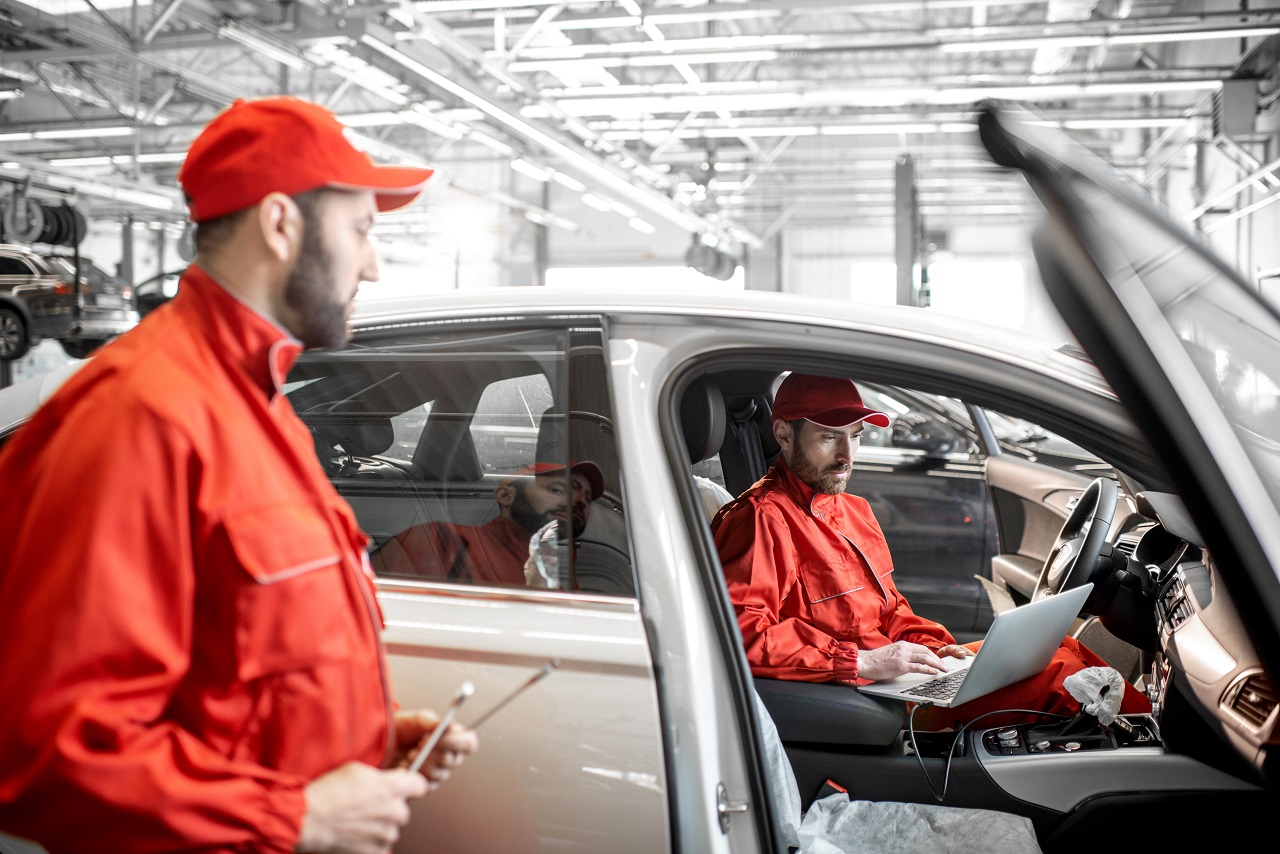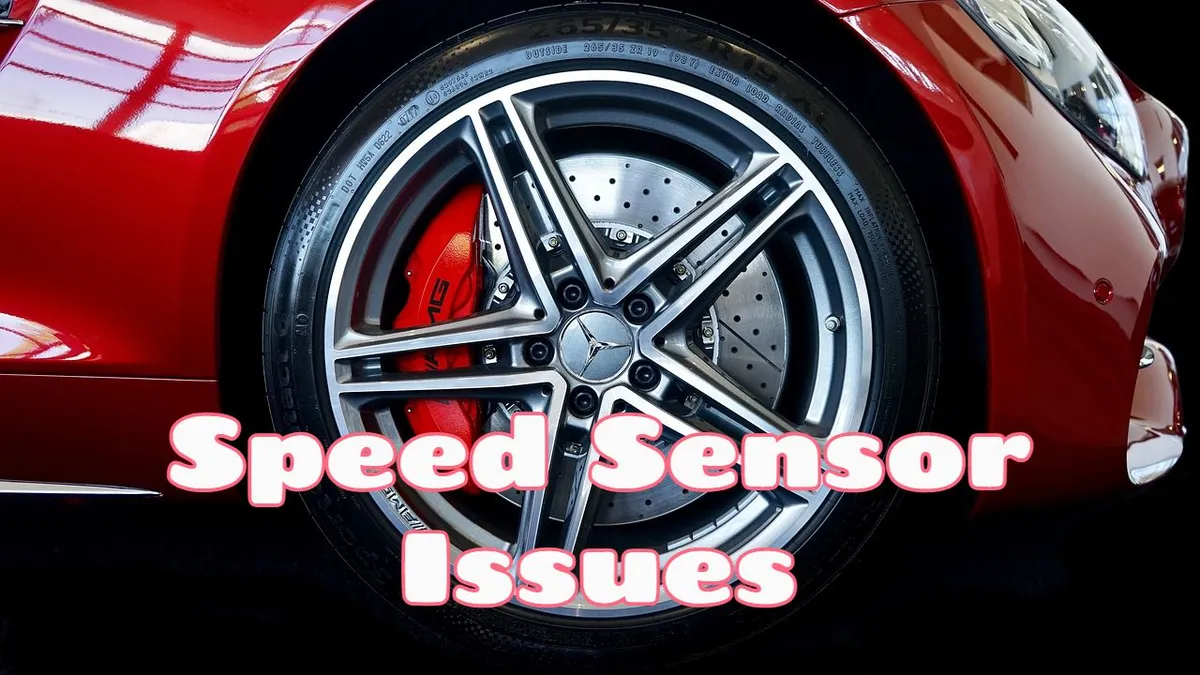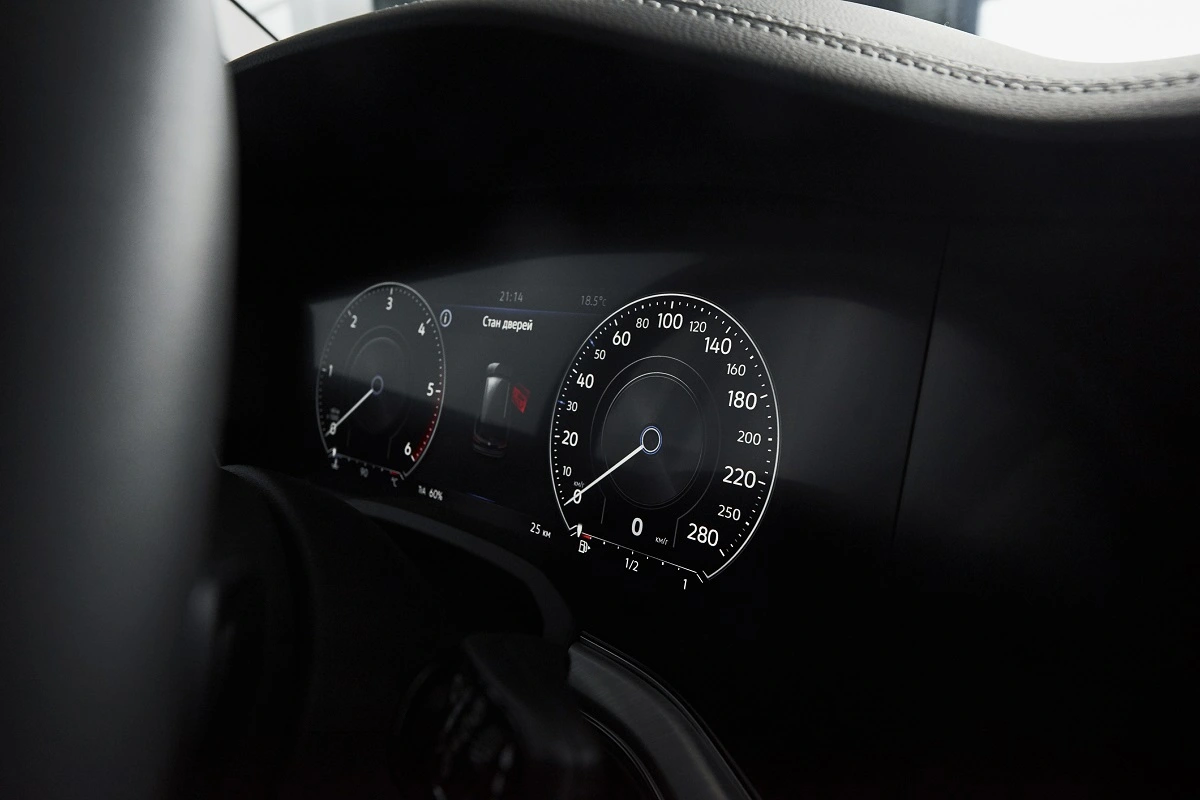Technology has played an ever-expanding role in our lives, for better and for worse. This theme continues into the driver’s seat as it continues to influence vehicle design and safety. With the advent of advanced safety features and autonomous driving on the horizon, the role of technology in vehicle safety has never been more significant.
However, there are some downsides to the ever-growing presence of technology in cars: distracted driving and an over reliance on safety features. Here is an exploration of some pros and cons of technology in vehicles for safety, and the potential for future developments to improve vehicle safety.
Safety Benefits of Technology
Advanced Safety Features
The biggest improvements in vehicle safety can be attributed to advanced safety features. Numerous studies have shown that vehicles equipped with the latest collision prevention tech are far less likely to be involved in an accident. Here are the most notable implementations:
Autonomous Emergency Braking
This system identifies when a forward collision is immanent and responds by automatically activating the brakes to lower the speed of the collision or prevent a collision entirely.
Rear Automatic Braking
Like the system above, the vehicle monitors cross traffic at the rear and applies the brakes to prevent a collision.
Lane Departure Assist
When the system detects the vehicle straying out of the lane, it provides steering input to maintain a position within the lines. Sideswipes and head-on crashes are significantly reduced.
IIHS data demonstrates it best, advanced safety technology dramatically reduces accidents and prevents injuries across the board.
Improved Visibility
To comply with strict crash safety standards cars have gradually increased in size. As vehicles expanded in size to accommodate for a more rigid structure, blind spots became more pronounced as well. Technology fills in these visibility gaps through blind spot monitoring systems, backup cameras, and parking sensors. Drivers no longer need to compromise safety with visibility.
Advanced Driver Assist Features
Driver Assistance technologies work by minimizing the possibility of human error. Once reserved for luxury cars and top of the line trims, these technologies are finding their way as a standard feature on many new vehicles.
Adaptive Cruise Control
The car will automatically accelerate and decelerate to keep a pre-set distance from the car in front of it.
Lane Centering Assistance
Distinct from lane departure assist, a continuous steering input keeps the vehicle centered in its lane.
Highway Pilot
A vehicle equipped with a highway pilot will maintain lane position and follow a preset following distance from the vehicle in front of it. It is often confused with fully autonomous self-driving which is not yet available to consumers.
Fatigue Detection
Driver monitoring systems detect when a driver is drowsy or distracted and alerts them to refocus on the road or pull over for a break.
Connectivity Features
Cell phone use including texting, phone calls, and GPS is a major cause of distracted driving accidents according to the lawyers at Kam, Ebersbach, & Lewis. To encourage hands free use, many manufacturers are equipping their cars with multimedia systems that fully integrate driver’s phones through Android Auto and Apple CarPlay.
Safety Drawbacks of Technology in Vehicles
Lack of Standardization
Each automaker has its own implementation of advanced safety technology and although they work to achieve the same goals, they function slightly differently. This lack of standardization can lead to confusion and increase the chances of an accident. For example, Honda calls their autonomous emergency braking system a “Collision Mitigation Braking System –CMBS” while Ford calls theirs “Active City Stop.”
Honda’s CMBS claims to work at speeds above 10mph and Ford’s only works at speeds up to 30mph. The average consumer likely isn’t informed on the performance differences of each system which can lead to confusion about their car’s capabilities. Someone may buy a Ford expecting autonomous braking at highway speeds when their car isn’t equipped to do so.
Standardizing vehicle safety technology would help drivers understand exactly what features and limitations their cars may have. This kind of industry-wide consensus could only be achieved via manufacturer collaboration or government-mandated standardization. As it stands, there is no push to do so.
Overreliance on Technology
Drivers may become complacent if they rely too much on technology to keep them safe. There have been countless reports of drivers involved in accidents while their cars are set on highway pilot. As mentioned previously, many drivers overestimate the capabilities of their vehicle’s driver-aid technology especially when they’re advertised using terms such as “autopilot.” The reality is that drivers must remain fully engaged when they are behind the wheel. It’s imperative to be ready to identify a hazard and perform an emergency maneuver, regardless of what technology their car is equipped with.
Distracting Technology
While it’s beneficial to have connectivity features like Android Auto and Apple CarPlay, some drivers may still find it difficult to resist the urge to check their phones. The purpose of these hands-free services is to prevent distracted driving, but it may inadvertently encourage it by making it so accessible.
According to a study by TRL in the UK, reaction times by drivers traveling at motorway speeds increased average stopping distance between 4 and 5 car lengths among those using infotainment systems, even when operating them by voice. When operating infotainment by touch, reaction times are worse than those texting while driving.
Technology in Vehicles, for Better and For Worse
Technology has had a massive impact on vehicle safety in the form of advanced safety features, improved visibility, and driver aids. Overall, this tech has contributed to a safer driving experience for everyone on the road. However, there are some potential downsides to the growing number of technology in cars, including the risk of an overreliance on these features and the distractions they pose.
As time goes on, advancements in safety technology will continue to make our roads safer with less compromise. By pushing for standardized safety features and educating drivers on the safe use of technology, we can do our part to reduce the number of accidents on the road.




